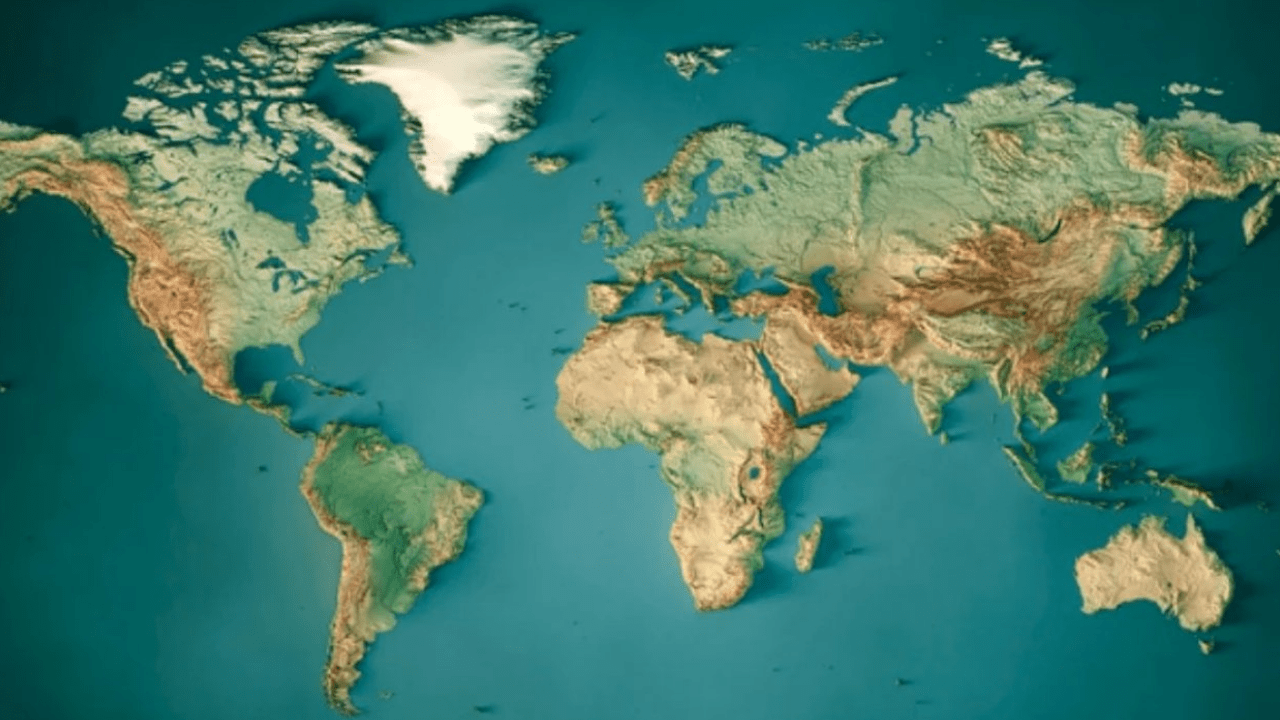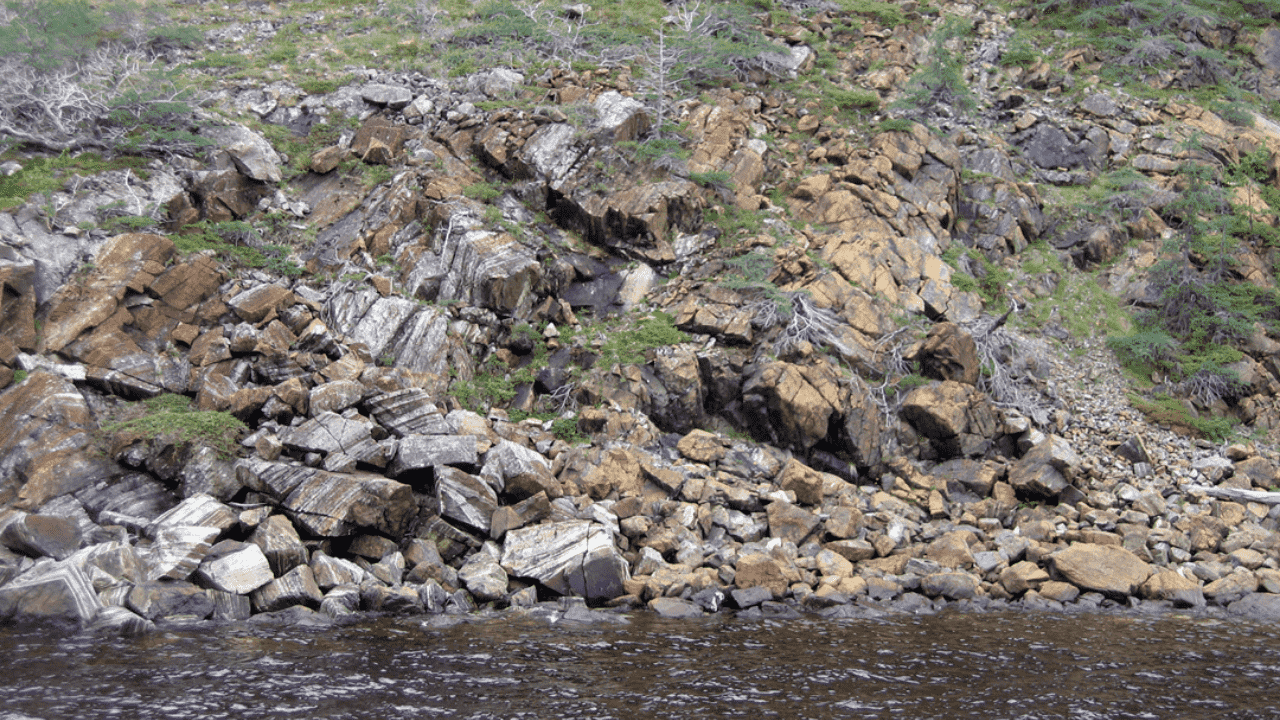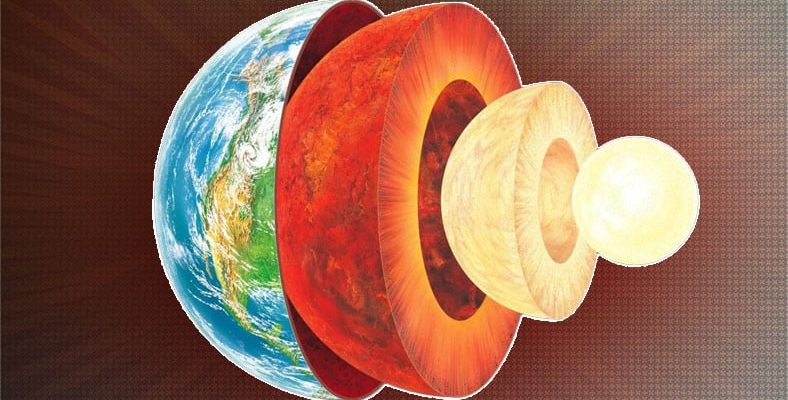The lithosphere layer, which is the outermost layer of our Earth, which is formed in layers, offers us living space. It also helps us improve our knowledge of geology and discover new information. In this content, we will answer the question “What is the lithosphere?” and look at its properties.
Have you ever thought about how much information we actually have about the layer we live on? Our Earth, which was formed as a result of a supersonic explosion approximately 4.6 billion years ago, is still quite mysterious to us. we live lithosphere Thanks to this layer, we slowly began to unravel this mystery.
We have compiled information for you about the lithosphere, which is an integral part of the Earth and guides us. Come, firstWhat is the lithosphere layer?Let’s answer the question “?” and look at its features.
What is the lithosphere?
Layers with physical and chemical properties are referred to as spheres. These layers are:
- Atmosphere (air sphere)
- Biosphere (living sphere)
- Hydrosphere (water sphere) and
- Lithosphere (rock sphere)
The Earth consists of the inner core, outer core, mantle and crust, from innermost to outermost. lithosphereis the name given to the uppermost layer of the outermost part called the earth’s crust. It is also known as the ”Stone Globe”. The lithosphere consists of floating plates located above the mantle layer, which has a more liquid feature.
The term lithosphere is derived from the Greek words “lithos” meaning stone and “sphaira” meaning sphere.
The lithosphere is not the same thickness everywhere on Earth
The lithosphere layer we live on is a very thin layer. In fact, it takes its place in the literature as the thinnest layer. According to geological studies, approximately It can have a thickness of 300 km. However, due to landforms, it is not the same thickness at every point. The lithosphere layer, which is thicker on land parts, thinner on ocean floors It can happen.
Tectonic movements and lithosphere connection
As we mentioned, the lithosphere layer consists of plates. In short, it is not a single piece, and these plate pieces are floating on the more fluid mantle deep down. That’s why tectonic activities is the most well-known feature of the lithosphere. Lithosphere plates can move due to thermal energy from the mantle layer. As a result of this, lithosphere plates may collide, separate or merge with tectonic activities.
Thanks to tectonic movements, we see the mountains, volcanoes and ocean floors in the lithosphere layer. However, it can also cause negativities. Our bleeding wound earthquakes We live in the lithosphere layer as a result of tectonic activities.
At the same time, the lithosphere layer can be shaped by tectonic movements. For example, at the points where the plates separate from each other, the lithosphere layer is thinner.
Earth’s oceanic lithosphere is constantly thickening
We mentioned that the lithosphere layer on the ocean floor is thin. That’s true, but over time this situation is changing. Some parts of the lithosphere on the ocean floor are getting thicker. The reason is that the gaps formed by the layers moving away from each other tend to thicken.
Lithosphere discovered more than 100 years ago

The lithosphere entered the literature in 1911. Famous mathematician AEH Love, Some Problems of Geodynamics He proposed the existence of the lithosphere in his monograph. Then Joseph Barrell expanded this idea and introduced the lithosphere to the literature. Observation of movements on the lithosphere paved the way for further examination of tectonic movements. In 1940, Reginald Aldworth Daly explained all the concepts in his book The Power and Structure of the World. Behind tectonic movements a strong lithosphere It was quickly accepted that the concept existed.
Seismic waves provide information about the lithosphere
Although earthquakes negatively affect our lives, as a result of the investigations, the lithosphere layer and Earth’s interior It gives a lot of information about. Scientists study the movements of seismic waves thanks to the instruments they place in the lithosphere layer. A lot of information is obtained about the composition, temperature and pressure of the layers through which these seismic waves pass.
Compositions of the lithosphere vary
The lithosphere consists of two main rocks called crust and mantle. The components of the lithosphere can be different at each point. For example, soil in the earth’s crust is a mixture of rock minerals and organic matter. Although the mantle consists primarily of iron, it also contains magnesium.
Thicker and less dense parts of the lithosphere form continents and oceans

Have you ever thought about how continents and oceans were formed? Igneous rocks rich in magnesium and iron, as well as sedimentary rocks, form the ocean crust. The crust containing the continents remains higher than the ocean floor due to its thickness and low density. At the same time, basins form on the mantle. When these basins filled with water, today’s vast oceans are formed. This all happens in the lithosphere.
RELATED NEWS
What Did Our World Look Like in the Past, How Did the Continents We Live on Form?
Part of ocean crust may be on land

The plates are constantly exposed to tidal movements through tectonic activities. For this reason, ocean floors can accumulate on land. When the continental base and oceanic base collide, the continental base is left on top. It strips away the upper layers of the oceanic plate, called ophiolite. Some parts of Cyprus and Marmaris We can see examples like this in many parts of the world. In addition, this situation is quite different from other rock layers in terms of natural richness.
In this content ”What is lithosphereWe answered the question “?” and properties of the lithosphere We examined. Don’t forget to express your opinions on the subject in the comments.
Our other content that may interest you
RELATED NEWS
The Smallest Star Ever Observed Has Been Discovered: Smaller Than Saturn!
RELATED NEWS
Ocean Waters Are Not Flat as a Sheet, Contrary to What We Thought: No, We Are Not Talking About Waves
RELATED NEWS
